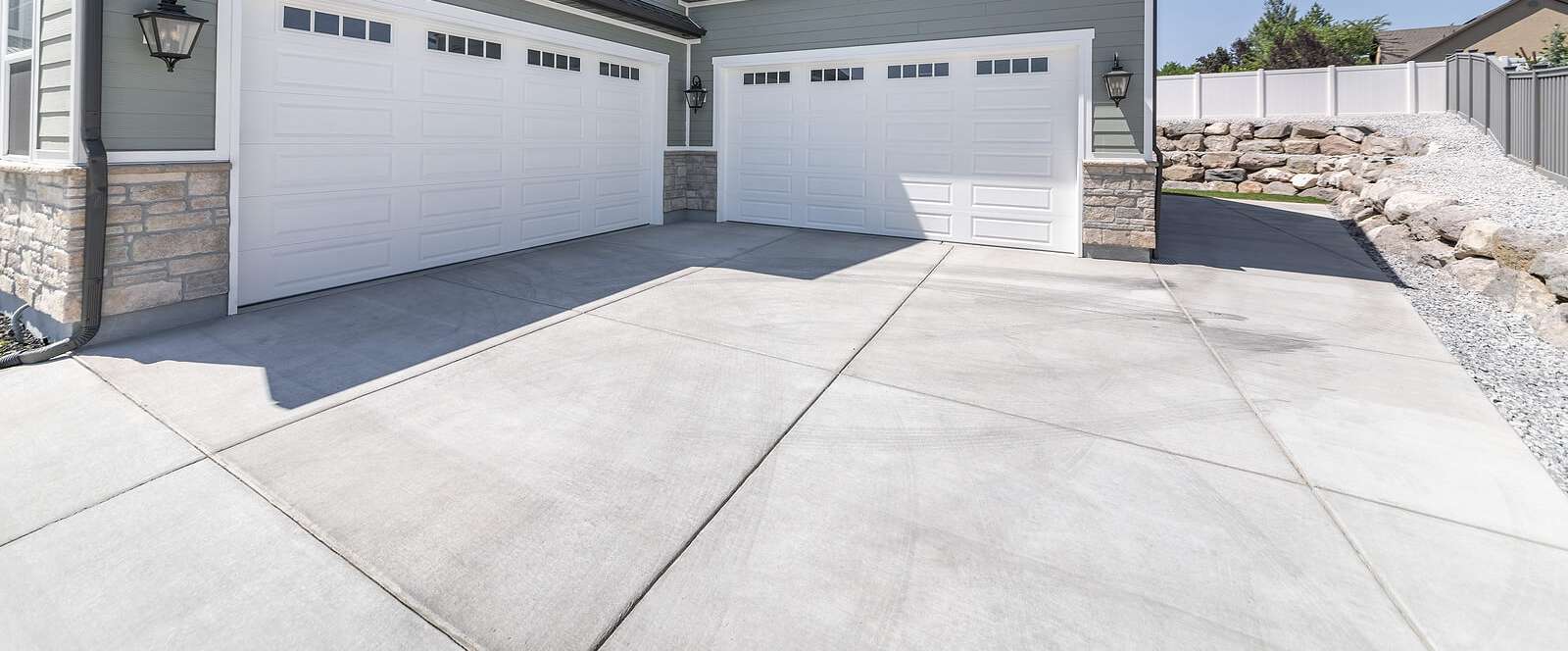
Commercial roofing jobs are a great way to build a career. They offer higher wages and more training opportunities than residential jobs, and they provide a sense of achievement and accomplishment. It can be challenging to move into commercial roofing if you don't have any experience in the industry. Here are some tips to help make the right decision.
Roofing Careers
This rewarding and challenging job can be yours, whether you are looking to become a roofer. The roofing industry is a fast-growing one, and it offers plenty of opportunities for both newcomers and veterans alike.
According to the Occupational Outlook Handbook (OPH), employment in roofing will increase by 4% from 2022 to 2022. There are some job openings that don't require any experience, while others offer positions without any prior experience. If you are interested in this career, it is important to begin learning the skills and techniques necessary for commercial roofing installation and repair.
Professional Development
To learn the ins and outs of commercial roofing, attend an industry training course to get the most up-to-date information. These courses give you both the old-fashioned methods of installing roofs and the latest innovations. They are also an excellent way to meet people from the field and gain valuable insight about their work.

Getting Started
You will first need to decide what kind of roofing materials are best for you. There are several types of commercial roofs that you can choose from: single-ply membranes, modified bitumen, shingle, metal roofing, and built-up roofing (BUR). Green roofs may be added to your service list.
Selecting the right roofing equipment
While there are many tools that you can use for commercial roofing, the roof trailer is one of the most overlooked. This innovative tool will transform how you manage large quantities of debris.
Your company can't compete with other contractors for larger, commercial-sized jobs unless you've got all your ducks in a row. It's important to know how your company will manage debris, what materials you'll use, and how you plan to clean up after the job is done.
Getting Started
As a new commercial roofer, it's important to establish a strong brand and reputation for your business. This will be done through all aspects of your business, from your website and social presence to the uniforms of your employees.
A strong brand image will help distinguish your company from other roofing firms and it will help clients to buy your services. Your website should contain detailed project descriptions and contact information, along with links to your social media pages.

Additionally, you need to develop a marketing plan. This plan will outline how you will promote and sell your services to potential clients. A strong social media presence can be a good start, but you should also consider connecting with construction industry professionals and building owners on LinkedIn or other networking sites.
Managing large projects
It can be more difficult to manage large commercial jobs and can take longer to complete. This is especially true if your team has to transport large quantities of metal, shingles or other materials. Your team will need all the tools necessary to haul heavy roofing materials, such as roof decking and a commercial-grade trailer.
FAQ
Do I need to sign anything before I start work?
Yes - your SCA requires both parties to sign it. This means that neither party can alter their minds later without the consent of the other.
What is a Service Agreement Example?
A service agreement template is a document which contains all details about a specific service agreement. You can use a service agreement templates to create a standard type of agreement.
Service agreements are vital because they determine the relationship between two individuals.
They enable both parties to understand the other's expectations and needs. They also ensure that both parties know exactly what they are getting into before signing off on the deal.
What is the purpose and scope of the service agreement
The purpose of a Service Agreement is to define the terms under which a customer agrees to purchase goods from you. You will also be able to provide these services to customers for payment.
The most commonly used form of this document, is the Sales Order Form. Here you will list the items being purchased and their prices. Next, list any additional items in the order. This includes delivery costs, VAT and insurance. You also specify the delivery and payment dates.
You can use a different document depending upon the transaction's nature.
If you are offering a service instead of selling products, an invoice might be appropriate.
You will probably need a Purchase Order Form to purchase items from another party.
Include all information when creating a sales order form.
Remember: The more detailed your sales order form is, the easier it will be for the buyer to understand.
Statistics
- (ii) Name, address, and telephone number of each proposed first-tier subcontractor with a proposed subcontract estimated at $10 million or more. (acquisition.gov)
- (1) Ascertain the extent to that offers are based on the payment of overtime and shift premiums; and (2) Negotiate contract prices or estimated costs without these premiums or obtain the requirement from other sources. (acquisition.gov)
- (v) Place or places of performance of the prime contract and first-tier subcontracts estimated at $10 million or more, if known. (acquisition.gov)
- While we offer all our high-quality services at competitive prices, we know that many who need our services are on fixed incomes, so we offer a 10 percent discount for seniors and military members. (homeservicecontractorsinc.com)
- (d) Contractor disputes related to compliance with its obligation shall be handled according to the rules, regulations, and relevant orders of the Secretary of Labor (see 41 CFR60-1.1). (acquisition.gov)
External Links
How To
What should a service contract include?
An SA is a key component of any business relationship. It sets out what you expect from one another and how you intend to achieve these expectations. The SA also details when and where each party should fulfill its contractual obligations.
The key elements of a successful SA are:
-
Both parties will agree to the scope of work.
-
Information about payment terms, including the start and end dates for delivery of goods/services.
-
A project cost agreement.
-
Additional charges such as VAT and other fees may apply.
-
Whether there is anything else that needs to be discussed.
-
Who will take care of the job if it goes wrong?
-
How disputes are resolved
-
What happens to a contract breached by one party?
-
What happens when there is a disagreement?
-
When does the contract take effect?
-
What happens if one of the parties fails to perform.
-
How long can you wait to pay invoices
-
Who pays for expenses such as travel?
-
Where the money came from.
-
What happens if a client changes mind about the project?
-
What happens if the supplier isn't there?
-
Who has access to the site during construction?
-
What happens if the client cancels the project?
-
What happens if the product fails?
-
What happens if the supplier refuses to sell parts?
-
What happens if the equipment is damaged?
-
What happens if a project takes longer than expected?
-
What happens if the work isn’t completed within the stipulated time?
-
What happens if the project is not up to standard?
-
What happens when the cost is too high?
-
What happens if materials are not delivered on time?
-
What happens if the material arrives damaged.
-
What happens if products do not meet the standards?
-
What happens if the job is canceled before completion.
-
What happens when the company goes under?